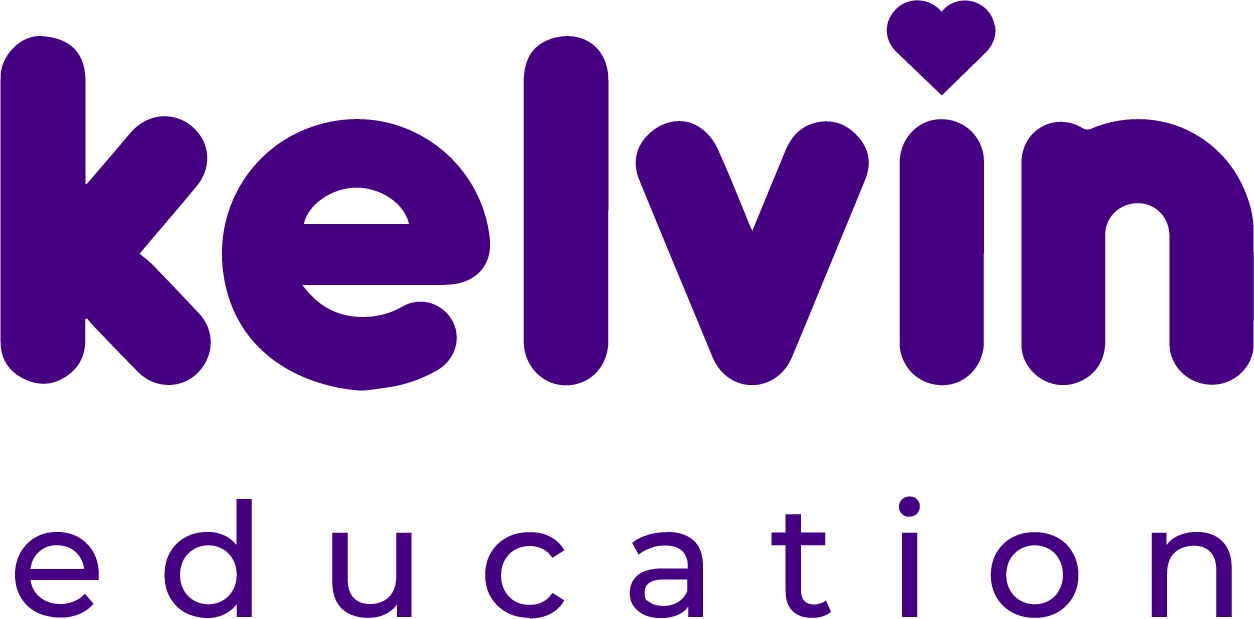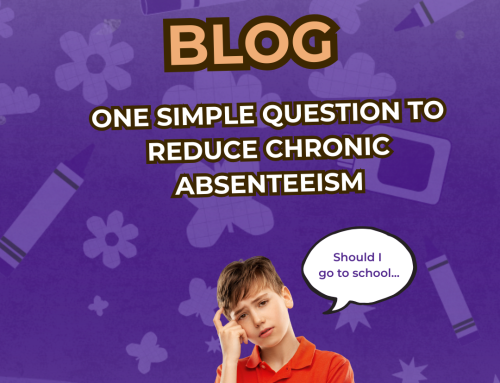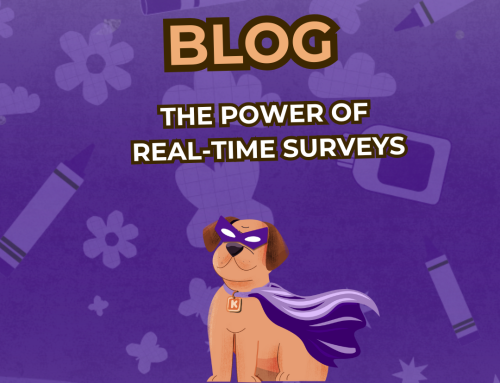How to Measure and Track Student Sense of Belonging in Schools: A Complete Playbook
For district leaders, principals, school counselors, and student support professionals

What You Need to Measure Student Sense of Belonging
This playbook shows you how to measure student sense of belonging in your school or district — and then take action on what you learn. Grounded in research and real-world results, it includes:
✓ Research-validated survey questions you can use immediately
✓ A proven case study from Redlands USD showing real results
✓ Step-by-step implementation guidance to improve belonging in your context
Understanding Student Sense of Belonging
Sense of belonging is the feeling students have of being accepted, valued, and included within their school community. It’s more than just “fitting in”; it’s about feeling genuinely seen, respected, and supported by both peers and adults.
Research shows belonging manifests when students feel:
- Included in classroom and school activities
- Respected by teachers and peers
- Valued for who they authentically are
When students experience belonging, they’re more likely to take academic risks, seek help when needed, and persist through challenges. When they don’t, even high-achieving students can disengage entirely.
Why Measuring Student Sense of Belonging Matters
The Hidden Crisis: When Good Students Give Up
Zach, one of Kelvin’s founders, was exactly the kind of student every school wants to keep. Strong grades, college potential, no behavioral issues. But constant moves meant he never stayed anywhere long enough to build connections. At each new school, he was just another name on the roster.
By 10th grade, despite his academic success, Zach made a decision that shocked everyone: he dropped out of school.
His story isn’t unique. According to recent research:
- Students with strong belonging are 30% more likely to attend school regularly (Gillen-O’Neel, 2021)
- Low belonging predicts early dropout, even among high achievers
- Belonging directly impacts motivation, participation, and mental health
The students who seem “fine” academically may be struggling the most with connection. Without belonging, even your most promising students can fall through the cracks.
Case Study: How Redlands USD Transformed Belonging
Redlands Unified School District in California faced a common challenge: despite their best efforts, participation gaps persisted across student groups. Some students thrived while others remained on the margins.
Here’s exactly what they did and the results they achieved.
Step 1: They Measured What Mattered
Instead of guessing where the problems were, Redlands deployed targeted belonging surveys using Kelvin’s research-validated questions. They didn’t just collect data, they dug into the why behind the numbers.
Step 2: They Discovered the Real Barriers
The data revealed something crucial: financial barriers were keeping students out. Participation fees for ASB activities, sports, and events were creating invisible walls between students and connection opportunities.
Step 3: They Made Strategic Changes
Armed with this insight, Redlands took decisive action:
- Eliminated financial barriers by waiving event participation fees
- Received additional funding by displaying the data in their LCAP
- Created equitable access so every student could participate regardless of background
The Results Spoke for Themselves:
- Participation in school clubs and sports events rose significantly
- Self-reported sense of belonging increased across all student groups
- Academic performance and mental health indicators improved
The key insight: Belonging isn’t just about feelings, it’s about removing concrete barriers that prevent students from connecting.
Survey Questions to Measure Student Sense of Belonging
These questions are validated for K-12 populations and aligned with CASEL and PERTS frameworks. Use them as-is or adapt them for your school’s survey platform:
Core Belonging Assessment
- “I feel like I belong at this school.”
- “I feel accepted by students at this school.”
- “There is at least one adult at school who knows me well.”
Pro tip: Use Kelvin for higher participation and turn comments on for qualitative feedback.
Why Use Kelvin for Belonging Assessment
Kelvin makes belonging measurement simple and actionable. You can:
- Deploy research-validated questions without starting from scratch
- Segment results by any student group to identify equity gaps
- Track trends over time to see if interventions are working
- Take targeted action based on real-time, reliable data
Every student deserves to feel they belong. Every school can make that happen with the right approach and tools.
Your Step-by-Step Implementation Guide
Week 1: Set Your Foundation and Deploy
Monday-Tuesday: Assemble your team. Include a district/school leader, counselor, teacher representative, and, if possible, student voice. Don’t try to do this alone.
Wednesday-Friday: Launch your first pulse. With Kelvin, you can deploy the belonging survey in minutes. Keep it open for 3 days to maximize participation while maintaining urgency.
Week 1 (Day 4): Immediate Data Access
The moment your pulse window closes, Kelvin gives you instant access to disaggregated data. No waiting weeks for analysis, you can see:
- Individual student responses to identify those who need immediate support
- Student qualitative insights, where students can share the “why” behind their scores in their own words
- Grade/Classroom-level patterns to spot class-specific trends
- Demographic breakdowns to uncover equity gaps
- District-wide insights for system-level decision making
Same day action: Flag students with below 30% favorability for immediate counselor outreach, and review their qualitative comments for specific context.
Week 2: Turn Data Into Action
Identify your “Redlands moment.” With real-time data visualization, you can immediately see what concrete barriers are preventing connection. Is it financial? Transportation? Communication? Cultural?
Start interventions immediately. Unlike traditional surveys that take months to analyze, Kelvin’s instant insights let you begin targeted interventions within days, not weeks.
Week 3-4: Monitor Real-Time Impact
Deploy your second pulse to see if your initial interventions are working. With Kelvin’s real-time tracking, you can:
- Compare before/after scores for individual students you supported
- Track classroom improvements where teachers made belonging-focused changes
- Measure district-wide progress on your belonging goals
Course-correct instantly. If an intervention isn’t working, you’ll know within days, not at the end of the semester.
Ongoing: Continuous Pulse Monitoring
Monthly pulse checks become your new normal. Instead of annual surveys that feel like autopsies, you get real-time vital signs that let you prevent belonging crises before they happen.
Celebrate wins. When you can see individual students’ belonging scores improve week by week, every small victory becomes visible and worth celebrating.
Celebrate progress and share stories. When belonging improves, students, staff, and families all benefit.
Getting Started Today
The most successful schools don’t wait for perfect conditions; they start with what they have and build momentum.
Ready to start? Your three-step Kelvin journey:
- Book your free 15-minute discovery call
- Connect your SIS in minutes
- Send your first belonging pulse survey
Because when students feel they belong, everything else becomes possible.
References
Allen, K., Kern, M. L., Vella-Brodrick, D., Hattie, J., & Waters, L. (2018). What schools need to know about fostering school belonging: A meta-analysis. Educational Psychology Review, 30(1), 1–34.
Gillen-O’Neel, C. (2021). Sense of belonging and student outcomes: A meta-analysis. Child Development, 92(5), 1675–1690.
Goodenow, C., & Grady, K. E. (1993). The relationship of school belonging and friends’ values to academic motivation among urban adolescent students. The Journal of Experimental Education, 62(1), 60–71.




